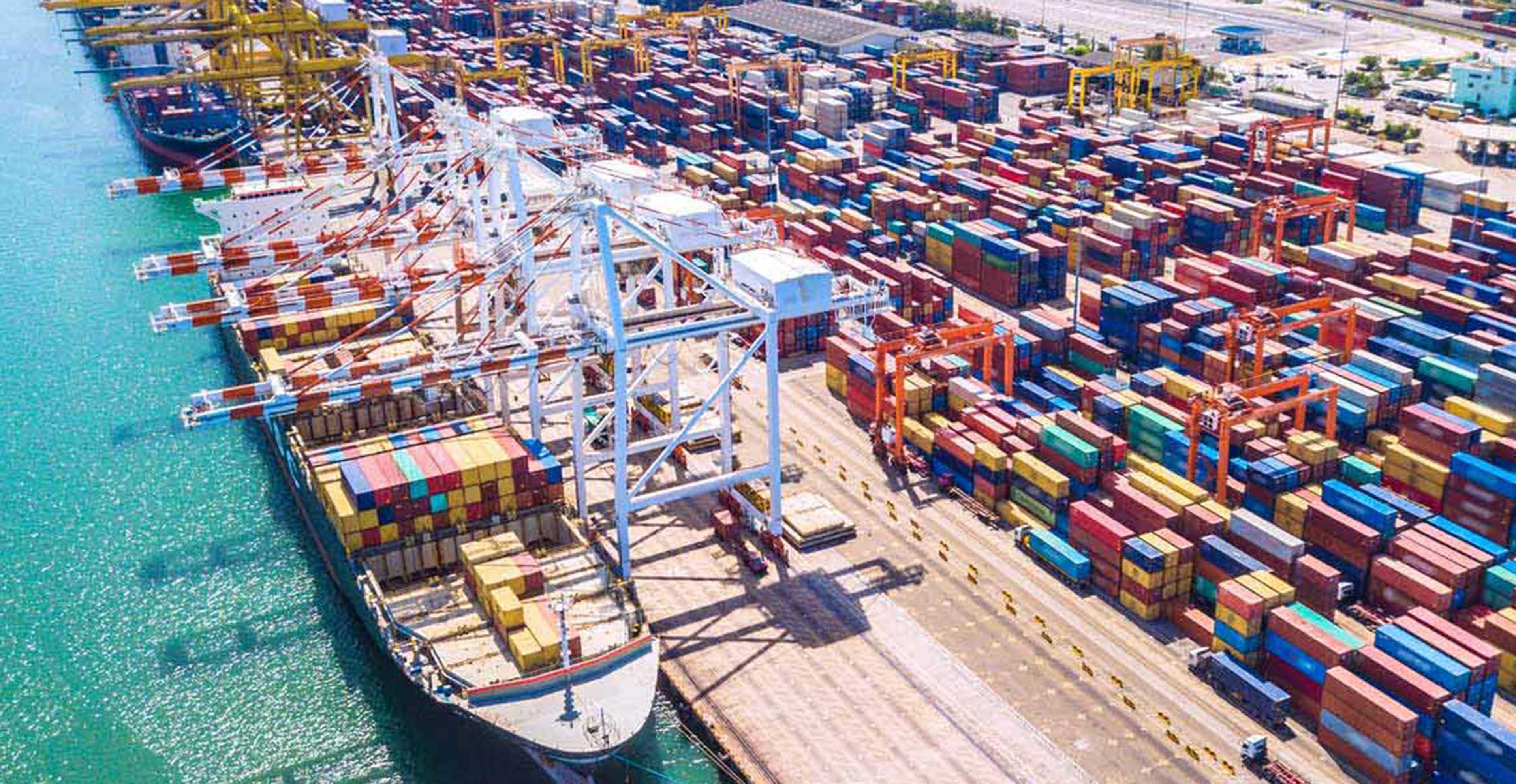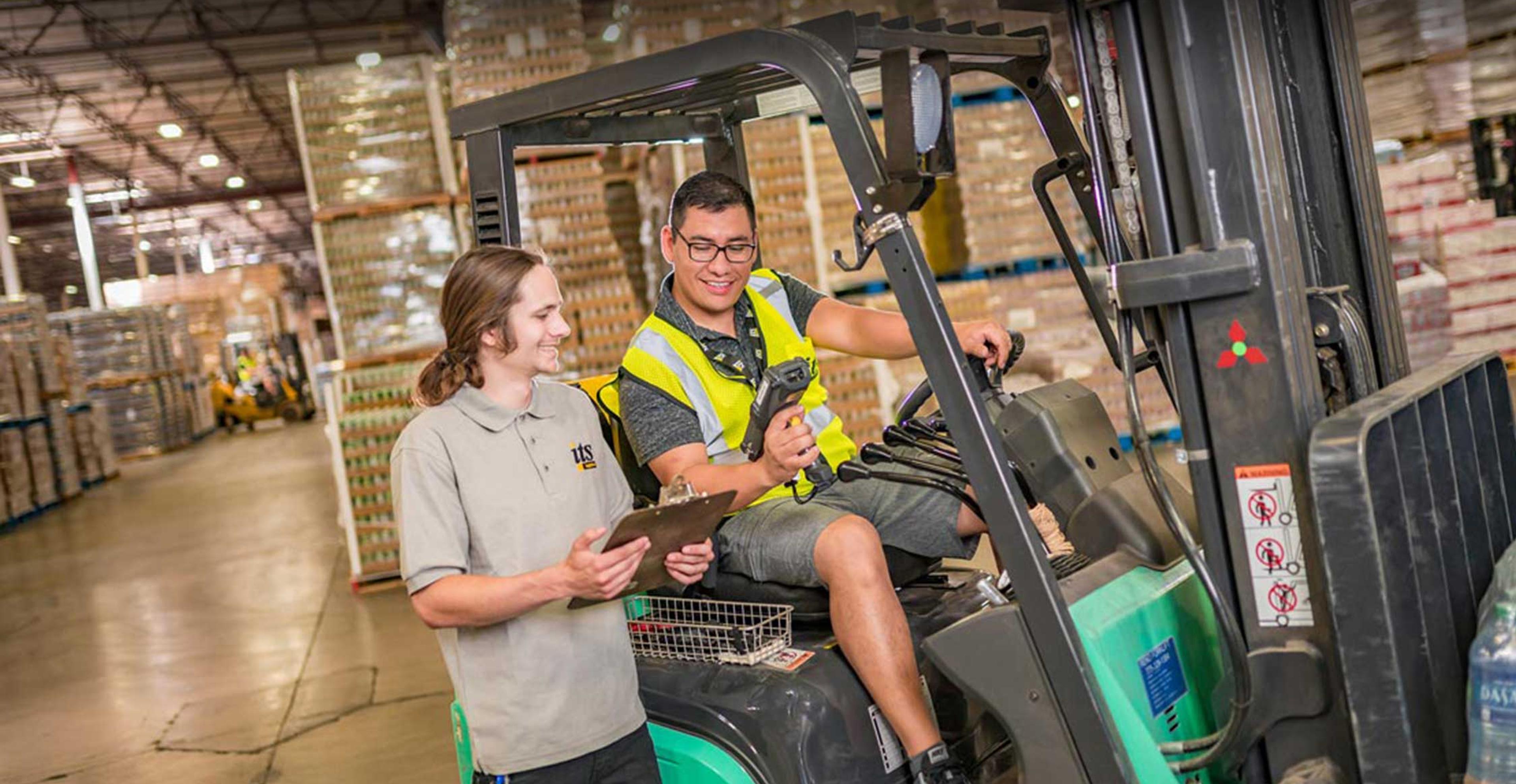
Supply chains across the globe faced a turbulent two years from 2020 to 2022. The question that remains on leaders’ minds is: when will things return to normal? Disruption has become the norm, even in 2023, and the lessons learned throughout are expected to shape strategies for the foreseeable future. On average, supply chain disruptions which last a month or longer now occur every 3.7 years. More than 56% of retailers agree, supply chain disruptions occur more frequently.
The world has experienced periods of status quo interrupted by rapid periods of change, shaping and transforming entire industries. Because of unforeseen disruptions occurring so frequently, forecasting has become even more challenging than before. In 2020, the average forecast error rose to 54%, jumping up more than one-third from the baseline of 27% in 2019.
Agility is the answer to most modern supply chain challenges. Despite unprecedented disruptions, many companies experienced growth during the pandemic and consumers discovered new ways to purchase products. Research shows that 42% of shoppers abandon online shopping if retailers limit shipping options or in-store fulfillment. Channels like buy-online, pick-up in-store (BOPIS) has exploded, growing more than 500% and now an option expected by 59% of shoppers.
What is the difference between a dedicated and shared logistics network?
With supply chain services, there are two options when it comes to outsourcing to a third-party logistics company. A dedicated network is the outsourced management of operations with all labor, value-added services, operational processes, technology, and space to a single customer. A shared network refers to an ecosystem in which users outsource shared assets instead of committing to a dedicated capacity. This system is facilitated seamlessly through digital platforms that help connect supply and demand.
A shared network allows both businesses and consumers to reduce risk, achieve greater flexibility, cut costs, and become more sustainable. Over the past decade, these networks have benefitted from increased digitalization.
A Q&A with ITS Leadership
When deciding which type of network operation is best for business, it’s important to examine the benefits of each option. Based on the priorities of the business, either a dedicated or a shared approach may work best–or some combination of the two. Logistics operations experts at ITS Logistics share their insight in the Q&A below.
Kasia Wenker | Director of Supply Chain Solutions
Kasia joined ITS Logistics in 2004 after previously working at Intel and UPS as an industrial engineer. She holds her MBA with a Supply Chain Management emphasis and a Masters in Industrial Engineering.
Paul Brashier | Vice President of Drayage & Intermodal
Paul joined ITS Logistics in 2015 and has been an industry leader in the sales and logistics industry for over 20 years, working for such companies as Schneider National, Coors Brewing, and Coca-Cola.
Zak Urrutia | Vice President of Distribution Operations
Zak joined ITS Logistics in 2020 and is a dedicated, highly accountable, and growth-oriented operations professional with a passion for employee development, continuous process improvement, strong bottom-line performance, and exceeding organizational goals.
Tim Abousselman | Senior Director of Logistics Operations
Tim joined ITS Logistics in 2020 and was pivotal in designing and optimizing daily fleet operations. He believes in delivering cost reduction, efficiency, and financial results by creating organizational structures across multiple functions.
How do your customers utilize the dedicated vs. shared logistics network?
Kasia Wenker: “We work with customers who use the dedicated network, the shared network, and both. Having this flexibility is important. Flexibility is driven by production economies as well as variable demand. A dedicated network may be supplemented by a shared network when there is a specific need or unique product to suit that market. One example is emergency hurricane relief, another is products that are weather based. A shared network would be useful when you want to place your product closer to the intended market. It is also incredibly useful when it comes to omnichannel operations! Omnichannel operations, especially with e-commerce, typically require the use of flexible resources. It is not a question which model is better. The question is how you can utilize both to meet your financial and service level needs.”
How does a multi-node network offer flexibility for customers when demand fluctuates?
Zak Urrutia: “A multi-node network offers flexibility when demand fluctuates. A single node could handcuff you to a single solution, which could introduce higher risk. With a multi-node network, you can be more intentional with your inventory positions, leveraging regional strategy to support key business and customer initiatives. This, in turn, can allow you to reduce inbound costs, optimize presence in regional markets, and target consumers based on geography or shifts in demand. Another advantage is the flexibility gained in how you can support different channels, including D2C, B2B, drop-shipping, BOPIS, and more. If demand fluctuates within those different channels, you can react with greater agility to satiate that demand.”
How can different geographic regions affect consumer demand?
Zak Urrutia: “There is a big difference between the West, Midwest, South, East, etc. Our overall network is built around a two-day shipping window that gives you solid coverage based on population density. Beyond that, there are regionalized demand components that are unique. Just think about the cost of products, cost of living, and fuel. There is also the reality of specific market competition and how that might affect your strategy. Is there more or less competition in different regions? Purchasing power could also be affected between densely populated regions and those that are more rural. Essentially, you want to consider the importance of having options that can impact how quickly you can deliver your product in a cost-effective way.”
How does the regional trucking model help customers experience cost savings and flexibility?
Tim Abousselman: “The regional trucking model gets our drivers home daily and this creates consistency in our deliveries. The same drivers are showing up for our shippers every day. This consistency for our customers creates reliability for their outbound and inbound processes. We’ve found that assigning various drivers to various tasks can create unnecessary complexities.”
What is the advantage of having access to trucking assets in addition to a multi-node fulfillment network?
Tim Abousselman: “When you engage with ITS trucking, you will be getting the best-trained professional drivers in the industry. When working with owner-operators or a smaller carrier, there is limited ability to manage both service and training. With our team members, we do both initial and follow-up training to ensure the highest level of service. Some of our customers could be virtual and not just at the distribution center where we are picking up. No matter how we are facing the customer, we set the bar for professionality with our training programs.”
What advice would you give to your customers when it comes to logistics operations?
Tim Abousselman: “Understand the pitfalls of going with the cheapest option. When looking at your operations and planning, be clear about the value of the services that you might need. In my experience, the cheapest option always comes with hidden costs. Sometimes the base price may look appealing on paper, but accessorial and other costs could quickly add up if the chosen provider doesn’t offer a full suite of solutions.”
How can a multi-node fulfillment network create an advantage for freight entering the domestic supply chain?
Paul Brashier: “Working with a North American provider will give you a competitive advantage with complete multi-mode flexibility. That flexibility allows our drayage team to manage containers out of Vancouver when those ports re-opened after a recent strike in British Columbia. That management includes rescuing containers from the port as well as rescuing diverted containers throughout the US West Coast. We have the flexibility to transload either to truck or rail to get containers further into the Midwest and closer to the end user. Regardless of the port that the freight is laden to, our team can offer solutions. These solutions don’t stop at the ports and terminals, but they are throughout the entirety of the North American supply chain. Our team is proud to be ranked as the #11 dray provider in the US. Tapping into our dedicated networks allows us to save customers both time and money.”
Expert supply chain management
As business operations, outsourcing to a trusted 3PL provider can save time and money. With over 3.7 million square feet across all distribution facilities and a knowledgeable team of distribution, fulfillment, and warehousing experts, ITS can offer a unique nationwide solution that will help grow business operations.
ITS Logistics not only provides comprehensive B2B, D2C, retail and omnichannel distribution services—from drayage services to single small parcel ecommerce delivery to LTL and full truckload distribution. With advanced EDI, API and custom system integrations, expertise in vendor compliance and routing guides, and a hyper focus on customer service, we will help you increase efficiency, build supply chain resilience, and meet evolving customer expectations.
Discover how ITS has helped its customers:
- Caraway Sees 280% Order Volume Increase and Expands into Omnichannel Fulfillment
- Common Challenges, Uncommon Solutions
- ITS Logistics and Starbucks – A Perfect Blend



